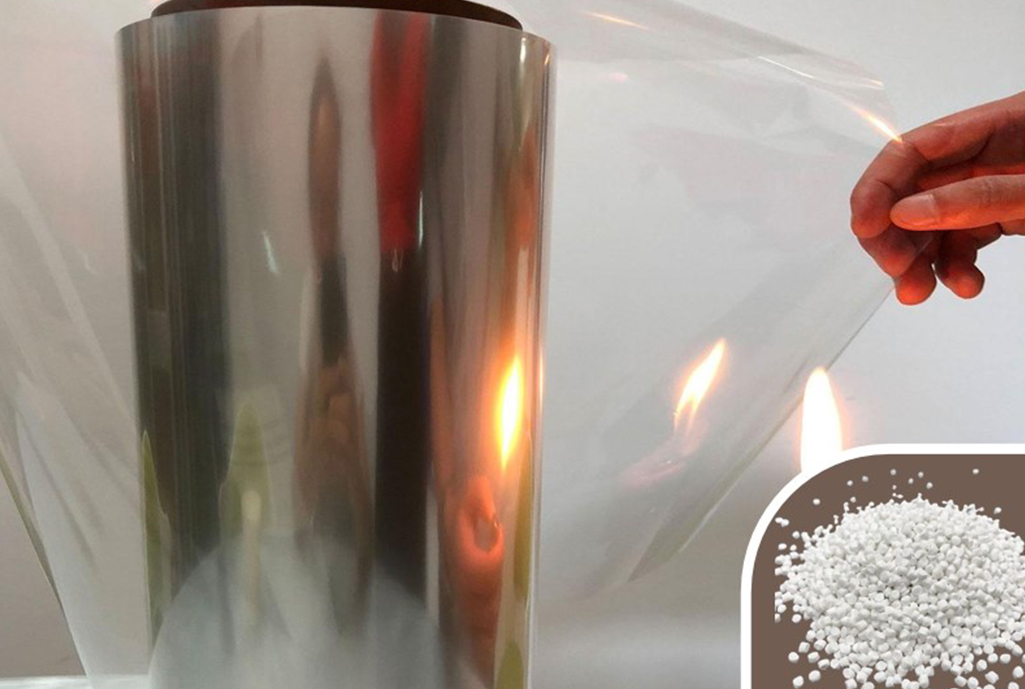What is aluminium hydroxide used for?
2025-07-23
Aluminum hydroxide, also known by its chemical formula or its less common name hydrous aluminum oxide, is a versatile compound with a wide array of applications across various industries. Its unique properties, including its antacid capabilities, flame-retardant characteristics, and ability to act as an adsorbent and an adjuvant, make it an invaluable substance.
Medical and Pharmaceutical Applications
One of the most widely recognized uses of aluminum hydroxide is as an antacid. It works by neutralizing stomach acid, providing relief from heartburn, indigestion, and acid reflux. Unlike some other antacids, aluminum hydroxide reacts slowly with stomach acid, providing a sustained neutralizing effect. It's often combined with magnesium hydroxide to counteract the constipating side effect that can occur when used alone.
Beyond its role as an antacid, this compound also serves as a phosphate binder in patients with kidney disease. In individuals with impaired kidney function, phosphorus levels can become dangerously high. Aluminum hydroxide binds to dietary phosphate in the gastrointestinal tract, preventing its absorption into the bloodstream and helping to manage hyperphosphatemia.
Furthermore, aluminum hydroxide is extensively used as an adjuvant in vaccines. An adjuvant is a pharmacological or immunological agent that modifies the effect of other agents, in this case, by enhancing the immune response to a vaccine. It achieves this by creating a depot effect, meaning it traps the antigen at the injection site, allowing for a slower release and a more sustained immune stimulation. It also helps to activate immune cells, leading to a stronger and more prolonged protective immunity.

Industrial Applications
In the industrial sector, aluminum hydroxide is highly valued for its flame-retardant properties. When heated to high temperatures, it decomposes and releases water molecules. This endothermic decomposition process absorbs heat, effectively cooling the material it's incorporated into and inhibiting combustion. The released water vapor also dilutes flammable gases. This makes it a crucial additive in plastics, rubber, coatings, and textiles to improve their fire resistance.
Another significant industrial application is in the production of alumina (), which is then used to produce aluminum metal. The Bayer process, a primary method for refining bauxite ore, involves dissolving aluminum hydroxide in caustic soda to separate it from impurities, and then precipitating pure aluminum hydroxide, which is subsequently calcined (heated) to produce alumina.
Moreover, its adsorbent properties make hydrous aluminum oxide useful in water treatment for removing impurities, color, and certain contaminants. It's also employed in the manufacturing of glass, ceramics, and various aluminum chemicals.
Other Notable Uses
Aluminum hydroxide also finds its way into cosmetics and personal care products, where it can act as a bulking agent, opacifying agent, or an abrasive. In some dental products, it's included for its mild abrasive qualities. Its diverse functionalities underscore its importance in both health and industrial contexts.




















